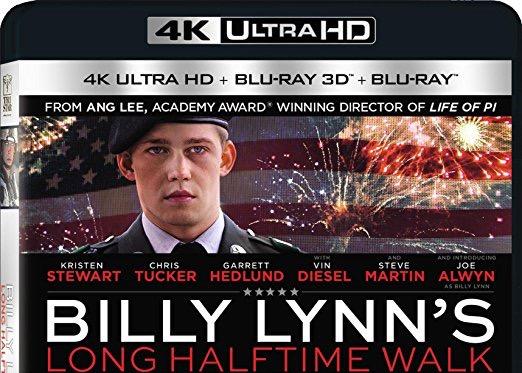The thing about a failed experiment is that it is still successful: We have now learned a way NOT to do something. Or at least that is how I feel about the tech behind this movie. Maybe one day high frame rate will feel more immersive, but this is another reminder that no one has figured out how to do it yet.
That said, even at 24p, this is not a compelling movie. It's way too modest to work as a satire. And it's way too meek to work as a drama.
I'm not sure we can blame Ang Lee completely for the movie's content. Look at Brokeback Mountain. He clearly got the tone and setting of rural America right in that movie. The places and characters felt like real people. So he understands America and Americana.
But the script just didn't work. Anyone looking for a good satire of war should pick up War Dogs, or M*A*S*H. Billy Lynn's script feels like it was written by someone that didn't decide they wanted it to be a satire until they were finished and realized the drama was weak.


































































